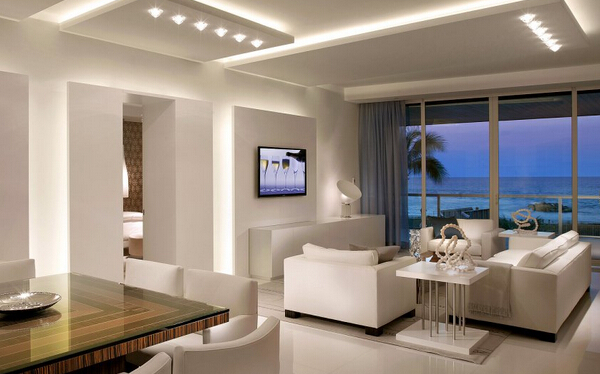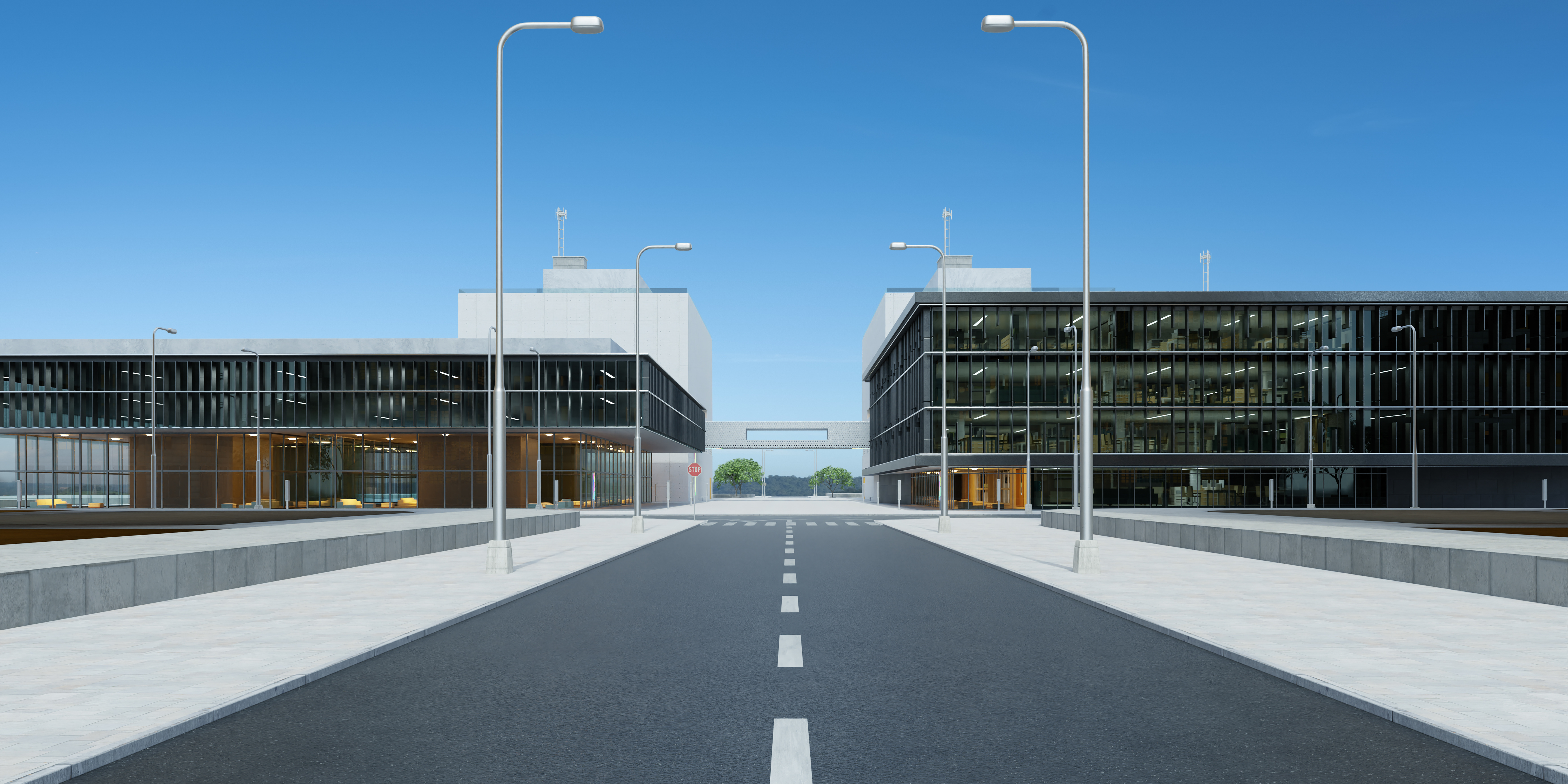Having Trouble Catching Your Zzzzzz’s?
I often receive questions about how lighting affects health, specifically our Circadian rhythm. In 2014, I took a class at the Lighting Resource Center (LRC) focusing on light and health.
Below are responses to some of the questions that I’m often asked on this topic. If you have questions or comments about lighting, healthcare, or the Circadian rhythm, please leave a comment below. And be sure to check out the resources at the LRC!
What is the status of lighting & healthcare today? Aside from circadian rhythm disorders, what other health issues are affected by light?
Our understanding of the relationship between healthcare and lighting is in its infancy. As this is an emerging field, significant amounts of research are being done in this space, but there is still more to do. We have an amazing opportunity to learn more about both the physical and psychological aspects of light.
Examples of research being done today include studying light and its effects on the Circadian system of children, the elderly, and people living in extreme environments and how it may affect cancer, depression and other illnesses.
How can LEDs help a Circadian rhythm disorder? How can LEDs help reset your Circadian clock?
Reduced exposure to blue light can help a person wind down at the end of their day, and increased exposure to blue light can help them begin the process of “resetting” their Circadian clock at the start of their day.
For example, exposure to 200 lux of high blue content white light (e.g. 5600K LED light or the equivalent of daylight) at the eye level for one hour can help reset your Circadian clock. If you live in a sunny area, you can achieve this effect by going for a walk outside in the morning.
Many Bridgelux Vero® Series and V Series™ arrays contain high blue content white light and can be designed into fixtures that would achieve the desired level of brightness and result in this “resetting” effect.
How does the lighting industry's move to “smart lighting” affect Circadian rhythm and other health issues?
Current research supports a prescriptive approach to lighting. For example, if someone has a difficult time waking up in the morning, they might be prescribed exposure to high blue content white light. Likewise, if a person has a difficult time sleeping at night, they might be prescribed low blue content light exposure in the evening such as an amber light source or low CCT light source.
Using the right white point tunable light, with the suitable range of color points and characteristics, in your environment can help achieve these effects.
Is blue light the biggest issue the lighting industry needs to consider when addressing health issues?
Research that I’m familiar with has focused on studying the effects of blue light or the absence of blue light.
There are known relationships between exposure to blue light, the Circadian rhythm, and the melatonin that is produced based on too much exposure to that blue light. Constant exposure to horizontal blue light can reset your body clock and may cause a lack of melatonin production. Literature suggests that lack of melatonin production can impact the body’s ability to fight illness.
We often do not need as much light as we think we do, and usually, the light does not need to have blue content. For example, if someone gets up in the middle of the night to walk to the kitchen for a glass of water, an amber light along the floor from the bedroom to the kitchen could provide a clear, safe path for that person while not causing their Circadian clock to restart.
What the industry really needs to consider when discussing light and health issues is when to have exposure, how much exposure at the eye level, and the duration of that exposure. These required light exposure levels can vary from person to person.
How can Bridgelux help to address health issues, particularly circadian rhythm disorders?
Many people I speak with ask for Circadian lighting, but when I dig deeper into the request, I find that either cannot define what they need, or that they are looking for lighting that mimics the color points of sunlight. In other words, some are looking for a specific visual effect, which does not necessarily address the issues with restarting or slowing down the Circadian clock. Currently, there isn’t a standard definition of Circadian lighting so we must work together to better understand our needs for each lighting project.
For those who understand the workings of the Circadian clock, Bridgelux is creating desirable spectrums that consider needs of the Circadian rhythm and the need to start and then wind down at the right time. By designing tunable light sources, fixture designers can incorporate our products and create experiences that could result in better health.


